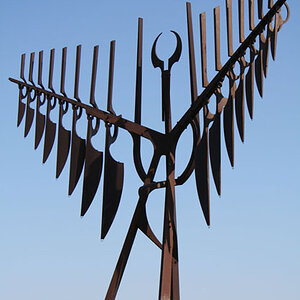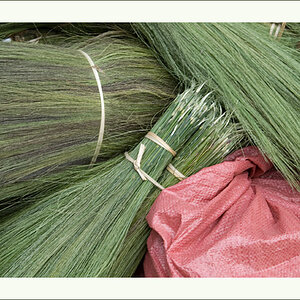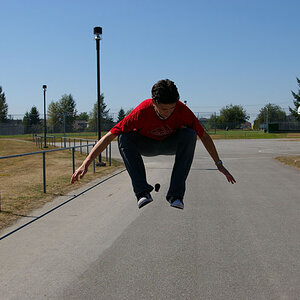petrochemist
TPF junkie!
- Joined
- Mar 9, 2014
- Messages
- 1,873
- Reaction score
- 608
- Can others edit my Photos
- Photos OK to edit
There's some validity in that, but the smallest lens I use on my mirrorless camera actually comes from a SLR - a 24mm/2.8 from a Pentax auto 110. At 12g (less than half an ounce) I suspect it's significantly lighter than most mirrorless lenses.You want smaller lenses, go to a mirrorless system.






![[No title]](/data/xfmg/thumbnail/30/30876-d35f95603398bf3423b26c68d344f018.jpg?1619734492)





![[No title]](/data/xfmg/thumbnail/41/41900-d02b27da6248f10da25edf2413570222.jpg?1619739936)
